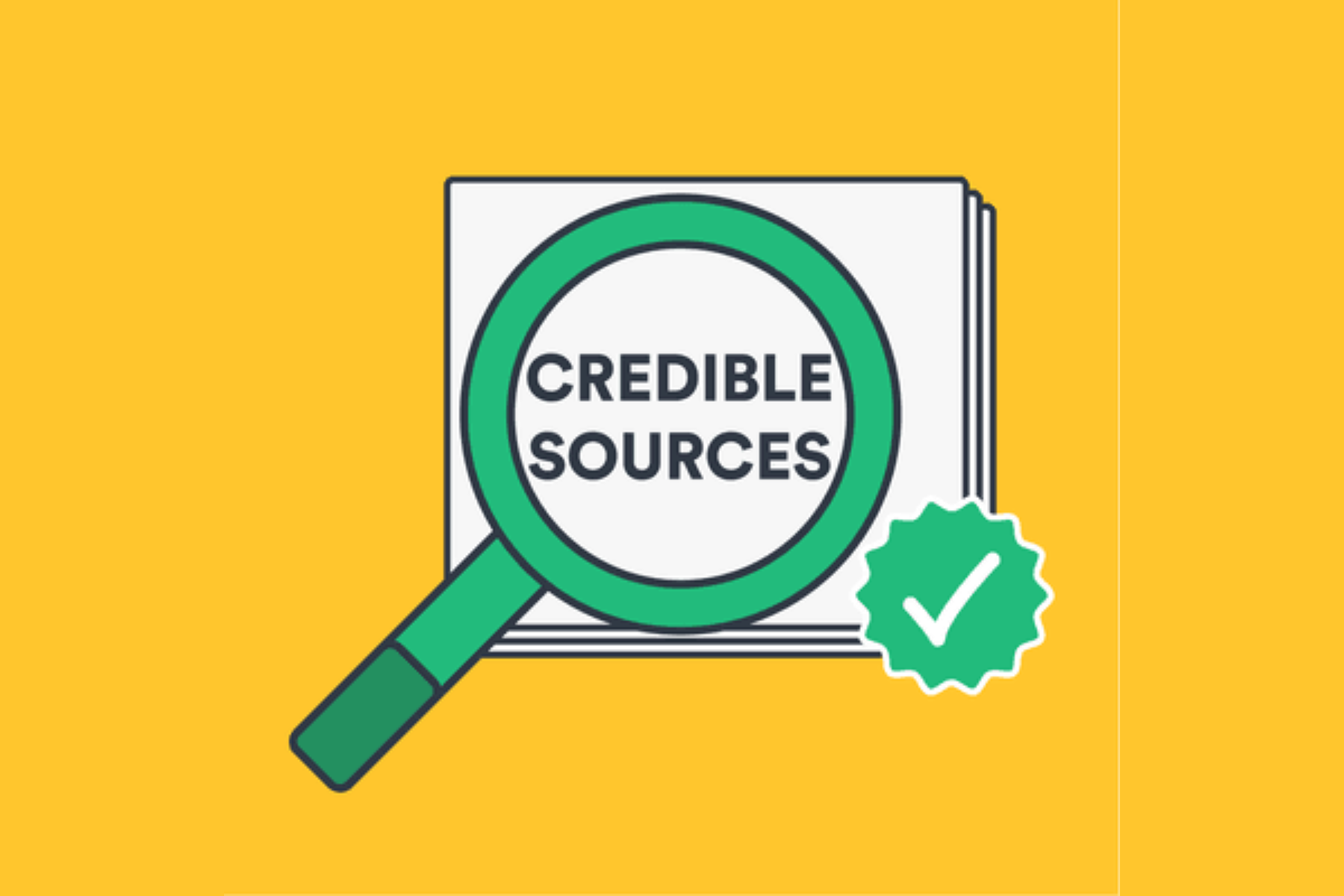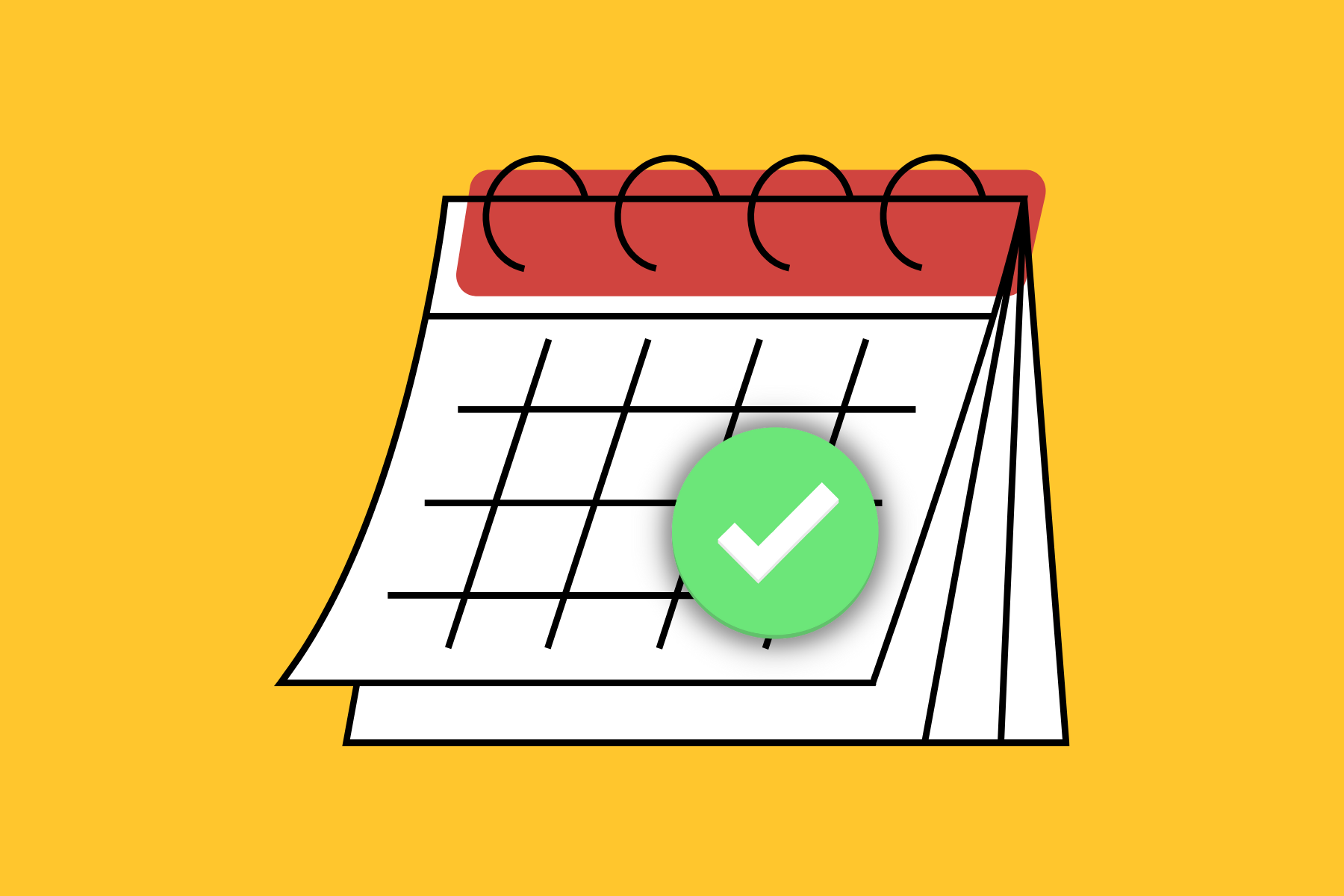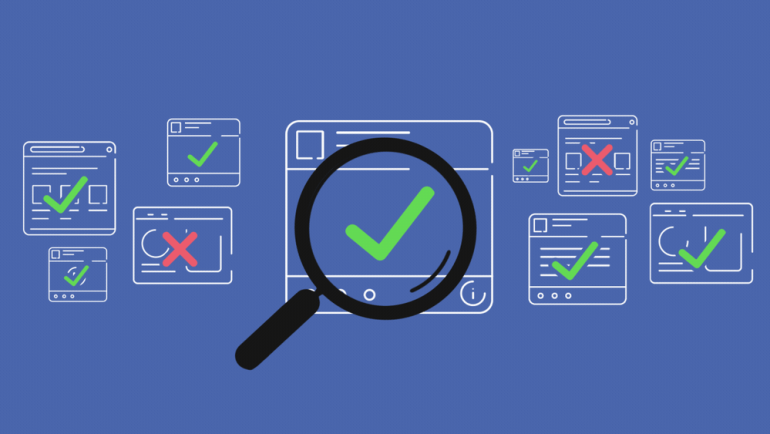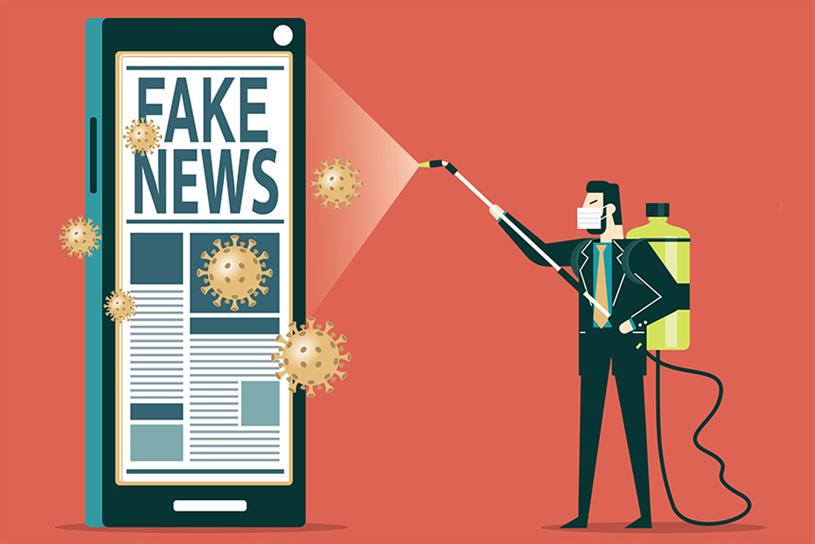With the advent of social mediaand the internet, access to information has become easier and quicker than ever before. However, this has also made it easier for misinformation, fake news, and propaganda to spread at an alarming rate.
As a result, it's more important than ever to be able to know fake news vs real newsonline. In this article, we'll discuss some tips to help you identify fake news and avoid being misled.
Check The Source
One of the most effective ways to identify fake news is to check the source of the article. Legitimate news sources have a reputation to uphold, and their articles will be published on their website, with clear author bylines, and will usually have a URL that reflects the source.
If you come across an article that claims to be from a reputable source but the URL seems odd, it could be fake news. Additionally, be wary of sources that have a political or ideological bias, as they are more likely to publish fake news.
Look For Supporting Evidence
Real news articles will typically contain supporting evidence such as quotes from experts, statistics, and data that back up their claims. Fake news articles, on the other hand, often make sensational claims that are not supported by any evidence.
If an article makes claims without providing any evidence or cites dubious sources, it's a good indication that its fake news.
Check The Date
Another way to spot fake news is to check the date the article was published. Often, fake news articles will be shared on social media platforms months or even years after they were published.
If the article is old, it may no longer be relevant, or the situation may have changed, making the information outdated. Always check the date of the article before sharing it.
Look For Biases
Real news articles should be unbiased and provide both sides of the story. Fake news articles, on the other hand, often have a clear bias and may only present one side of the story.
Be wary of articles that use emotionally charged language or make sweeping generalizations. These are often indicators of bias.
Verify With Other Sources
It's always a good idea to verify the information in an article with other sources. If the story is true, other news outlets will likely have reported on it as well. If you can't find any other sources reporting on the same story, it's likely that the article is fake news.
Additionally, if you find the same story reported by multiple sources, it's a good indication that its real news.
Check The Images
Fake news articles often use misleading or manipulated images to support their claims. Use reverse image search tools such as Google Images or TinEye to check if the images used in the article have been used elsewhere or are digitally altered.
Additionally, be wary of memes and infographics that use data without proper citations or sources.
Read Beyond The Headline
Fake news articles often have sensational or misleading headlines designed to grab your attention. Always read beyond the headline to get the full story. If the headline seems too good to be true, it probably is.
The Role Of Social Media In The Spread Of Fake News: Tips For Navigating Your Newsfeed
Social media has revolutionized the way we consume news and information. However, it has also made it easier for fake news to spread quickly and widely.
In this section, we'll discuss the role of social media in the spread of fake news and provide some tips for navigating your newsfeed.
The Role Of Social Media In The Spread Of Fake News
Social media platforms like Facebook, Twitter, and Instagram are designed to keep users engaged and on the platform for as long as possible.
This means that the algorithms used to curate your newsfeed prioritize contentthat is likely to keep you engaged, whether it's real news or fake news.
Additionally, social media platforms have made it easy for anyone to publish and share content, regardless of its accuracy or legitimacy. This has created a fertile ground for the spread of fake news, propaganda, and misinformation.
Tips For Navigating Your Newsfeed
- Follow Trusted Sources- To reduce the likelihood of being exposed to fake news, follow trusted sources such as reputable news organizations and journalists. Many of these sources have verified accounts on social media platforms and will typically post links to their articles on their website.
- Check the Source- As we discussed earlier, checking the source of an article is one of the most effective ways to identify fake news. On social media platforms, it can be challenging to determine the source of an article as it may be shared by multiple users. However, many social media platforms now include a "source" or "about" button that provides more information about the page or account that shared the article.
- Be Skeptical of Headlines- As we mentioned earlier, fake news articles often have sensational or misleading headlines designed to grab your attention. Always read beyond the headline and be skeptical of articles that seem too good to be true.
- Use Fact-Checking Tools- Many fact-checking organizations now have browser extensions that can help you verify the information in an article. These tools will typically flag articles that have been identified as fake news or provide additional context and information to help you determine the accuracy of an article.
- Report Fake News- If you come across an article that you believe is fake news, report it to the social media platform. Most social media platforms have mechanisms in place for users to report fake news, and they take these reports seriously.
People Also Ask
How Can I Tell If A News Story Is True?
The best way to tell if a news story is true is to fact-check it. Check the source, look for corroborating evidence, and be skeptical of headlines that seem too good to be true.
How Do You Check If A News Article Is Fake?
To check if a news article is fake, start by checking the source. Look for reputable news organizations and journalists, and be wary of sources that you've never heard of before. Additionally, use fact-checking tools and be skeptical of sensational or misleading headlines.
What Are The Consequences Of Sharing Fake News?
Sharing fake news can have serious consequences, both for individuals and society as a whole. It can lead to misinformation and confusion, damage people's reputations, and even contribute to violence and unrest. It's important to always fact-check and verify the information before sharing it with others.
Conclusion
In conclusion, fake news is a growing problem, and it's more important than ever to be able to identify it. Always check the source of the article, look for supporting evidence, check the date, look for biases, verify with other sources, check the images, and read beyond the headline.
By following these tips, you can protect yourself from being misled and ensure that you're getting accurate information.



